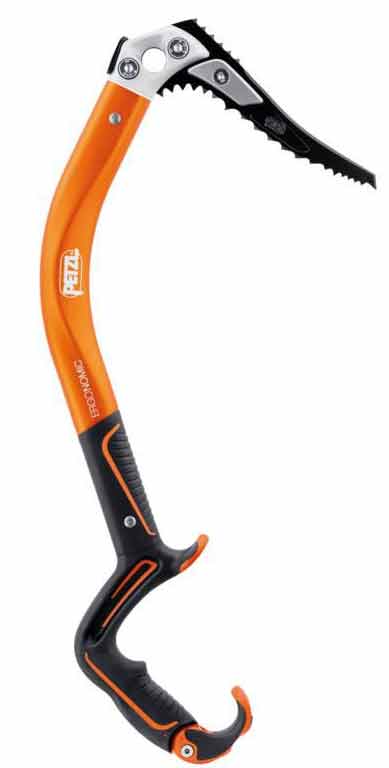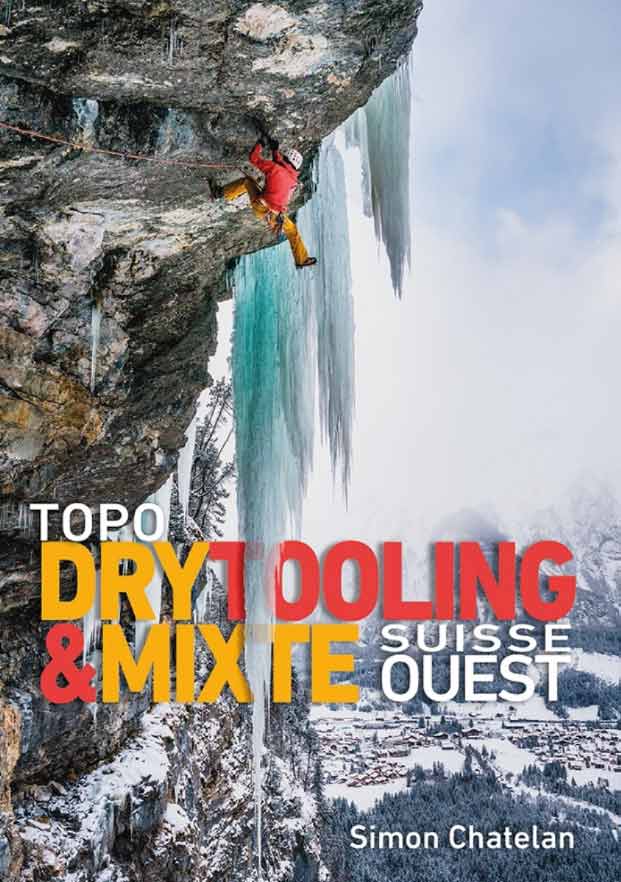What is dry tooling? In this post we show what drytooling is, what it takes and where you can drytooling.
Slowly but surely, winter is coming, and the anticipation of ice climbing is growing. Dry tooling is the best preparation: with an ice ax and crampons on the rock. But let's start from the beginning.
Dry tooling, literally translated as “work dry”, basically means ice climbing without ice. You are equipped with crampons and ice tools as if you were walking on an ice wall - you just use them to climb the rock. This type of climbing arose in the course of the development of ice climbing, which began with pure ice walls, later combined lines were used up to modern mixed climbing.
In modern mixed routes it often happens that you have to climb larger sections in the rock. So the technique needs to be practiced. In the meantime, dry tooling has established itself as a separate climbing discipline with a scale ranging from D1 to D15. Ice climbing competitions are also a kind of dry tooling, but on artificial walls.
Robert Jasper on the development of dry tooling
You have to pay attention to that
There are designated Drytool areas or sectors. Under no circumstances should you try your hand at sport climbing routes with ice ax and crampons, as this will damage the rock.
The placement of the pimples in the rock is called a "hook". The quieter you place the picks and the less you move them laterally, the better they hold.
Since you don't have direct rock contact with your fingers, it takes a while at the beginning before you can assess how well the pimples hold. Falls therefore often happen unexpectedly and can have more serious consequences than sport climbing.
Since the range is extended by the ice axes, the center of gravity is also shifted, which can lead to the fact that you hang upside down in the rope more quickly in the event of a fall. Beginners are best to start top rope, regardless of how skilled you are in sport climbing.
This equipment is needed for dry tooling
Wearing a helmet is an absolute must when dry tooling. Not only because of falling headlong, but also because of the often poor quality of the rock (breakouts often happen) and because the pimples can sometimes fly through the air uncontrollably in a fall.
When it comes to rope, it is best to use an impregnated one with a slightly larger diameter (at least 10 mm). Most of the time it gets wet - thinner ropes run the risk of being harder to use when belaying when wet. A diameter of at least 10 mm also gives you some reserve should the rope be damaged by crampons or ice ax.

When it comes to ice axes, models with a double handle are recommended, as you often have to change hands. There are picks made especially for dry tooling, the hardness and shape of which differ from ice climbing picks. When it comes to crampons, those with only one front point are particularly suitable. This allows you to stand more precisely in the rock.
The gloves should be rather thin and adhere well to the handle. There are cold hands one way or another, so even thick gloves hardly help. But once the blood flow is increased in the hands, they stay warm.
You can climb here: dry tooling areas
As already mentioned, under no circumstances should you attempt to use ice equipment in a sport climbing area. The picks and crampons damage the rock and leave obvious scratch marks. Therefore you should only stay in the designated dry tool areas. A new guide has been published this year, presenting the most important areas.

About Bächli mountain sports
Bächli mountain sports is the leading Swiss specialist shop for climbing, mountaineering, expeditions, hiking, ski touring and snowshoeing. Currently offering 13 locations in Switzerland Bächli mountain sports its customers expert advice and high quality service. LACRUX publishes in collaboration with Bächli mountain sports Articles on the topics of climbing and bouldering.

